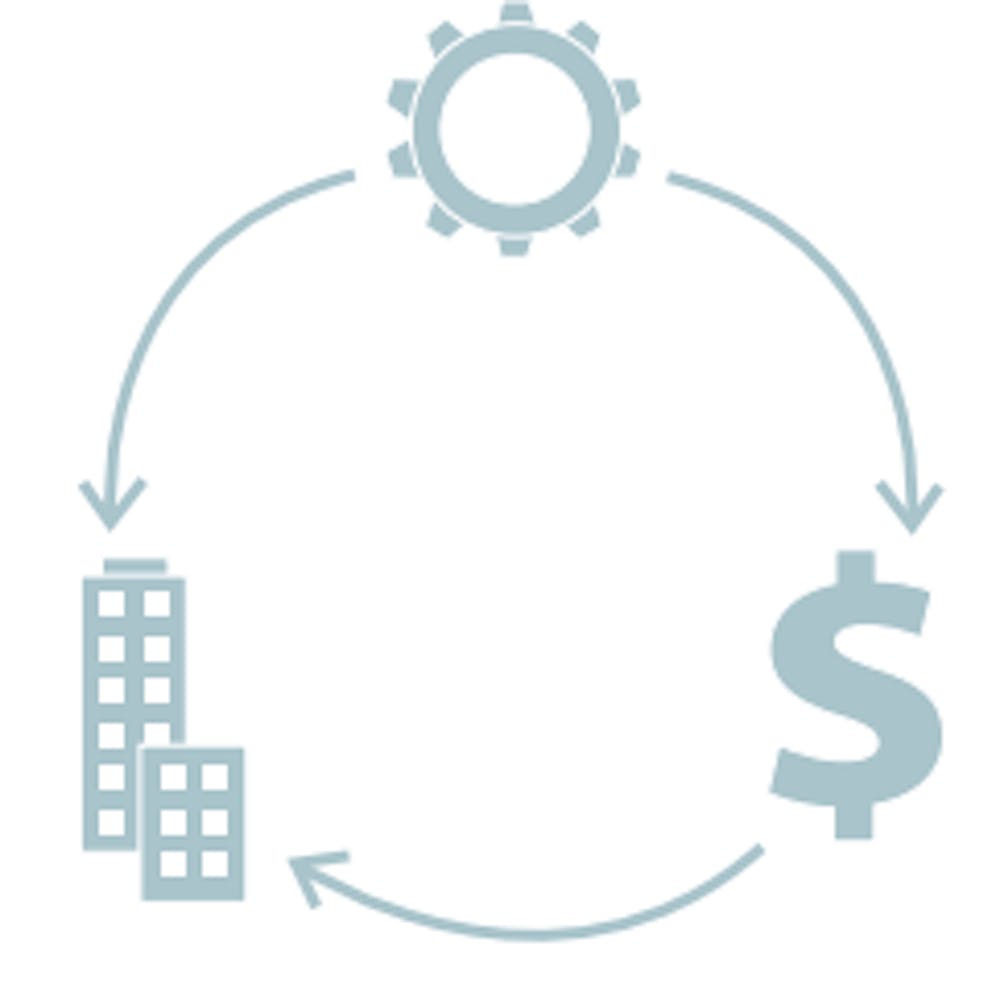The top ten jobs most vulnerable to automation include those requiring a college degree, according to a Ball State study.
The report, "How Vulnerable are American Communities to Automation, Trade and Urbanization?" was conducted by Ball State’s Center for Business and Economic Research. It looked at both automation and offshoring in the U.S.
Mathematical science occupations and insurance underwriters can both require college degrees and are at high risk of being automated, according to the report.
“Ball State students can use this as a tool to study how the industry of the U.S. is changing,” said Stephanie Davidsen, a second year masters student in public administration. “It can help them evaluate their future career goals and what they want to study now so they can minimize their own risk.”
While the study found some higher-education jobs were at risk, it also found that the vast majority of at-risk jobs were lower paying.
“There is a strong link between automation risk and other features like lower pay,” said Michael Hicks, director of Ball State's Center for Business and Economic Research. “Automation risk falls most heavily on lower-wage workers which are also less educated workers.”
A low risk of automation is associated with much higher wages, averaging about $80,000 a year, according to the report. Occupations with the highest risk of being automated are those with incomes of less than $40,000 annually.
“For every job killed by automation, there’s a new job created. It brings in an era of opportunity,” Hicks said. “College students are big winners, because most of the jobs created require college degrees.”
The report also “mapped down to a county level the risk of automation,” Hicks said.
“I think [the study] has a lot of impact,” said Davidsen, who made maps of the areas at risk. “It can be a really useful tool for people to decide where they move. It also can be a way for states to improve their own offshorability and automation skills.”
In fact, it found that four Indiana counties are in the top 25 for highest risk of being automated.
“Indiana is probably the most exposed state in terms of automation risk,” Hicks said. “Indiana is one of the biggest manufacturing states in the country.”
This Ball State study has been cited in numerous media sites across the nation, including Vanity Fair.
The study lists the most and least vulnerable jobs to automation as:
Top 10 jobs most vulnerable to automation
1. Data entry keyers. Annual median wage is $29,460
2. Mathematical science occupations, $66,210
3. Telemarketers, $23,530
4. Insurance underwriters, $65,040
5. Mathematical technicians, $46,600
6. Hand sewers, $23,640
7. Tax preparers, $36,450
8. Photographic process workers and processing machine operators, $26,590
9. Library technicians, $32,310
10. Watch repairers, $34,750
Top 10 jobs least vulnerable to automation
1. Recreational therapists. Annual median wage is $45,890
2. Emergency management directors, $67,330
3. First-line supervisors of mechanics, installers and repairers, $63,010
4. Mental health and substance abuse social workers, $42,170
5. Audiologists, $74,890
6. Healthcare social workers, $52,380
7. Occupational therapists, $80,150
8. Orthotists and prosthetists, $64,430
9. Health technologists and technicians, $41,260
10. Hearing aid specialists, $49,600
Contact Liz Rieth with comments at ejrieth@bsu.edu or on Twitter at @liz_rieth.





